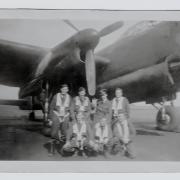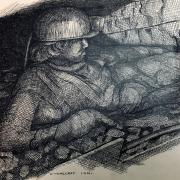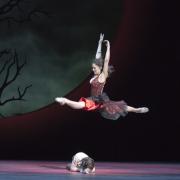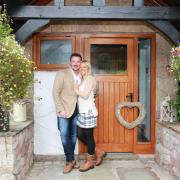To the village of Gawsworth, where the church and the medieval manor tell the story of the lovers and fighters of the Fitton family
Visitors to the village of Gawsworth will see a beautifully landscaped lake dominated by the parish church of St James the Great, which stands on high ground looking down on the gardens of the medieval manor of Gawsworth Hall.
The history of Gawsworth can be traced back to at least 1086 AD when the Domesday book listed it as Gouesurde, and stated that the village belonged to Earl Hugh of Chester. The timber-framed hall, constructed between 1480 and 1600, became the subject of one of the most famous sword duels in English history, between Lord Mohun and the 4th Duke of Hamilton and fought in Hyde Park on 15th November 1712. It was at the heart of a financial dispute between the two men, both of whom died that day.
Another wonderful timber-framed building to be seen opposite the church is Gawsworth Old Rectory built circa 1470 and recorded as one of the best-preserved medium-sized houses in Cheshire.
As with many of our Cheshire villages today, it is the parish church that holds the best clues to the past. Records indicate that a Norman chapel was in existence here as early as the 13th century. In 1430, the church of St James the Great was constructed on the same site.

Now, every church tells a story and St James’s is no exception. Inside reside the stone tombs of the Fitton family. The oldest of these belongs to Sir Francis Fitton and is dated 1608. The knight’s final resting place, constructed in freestone and alabaster, is the earliest example of Renaissance work in Cheshire and features a headless skeleton in a shroud below Sir Francis. Another tomb carries the effigy of Mary Fitton, reputed to be the dark lady of Shakespearean sonnets. Mary became a maid of honour at the court of Queen Elizabeth I, but when she became pregnant following a scandalous affair with the Earl of Pembroke, she was sent home in disgrace and threatened with incarceration in the Tower of London. The Fitton family played a major part in the history of Gawsworth, with the fifth Sir Edward Fitton known as the last of the Fighting Fittons. A soldier for the Royalist cause, he died at the siege of Bristol in 1643.
In the churchyard stands a rare medieval carved stone preacher’s cross complete with carved heads of animal grotesques representing the expulsion of evil spirits.
My film, St James the Great of Gawsworth, shot at Gawsworth, can be viewed for free with many other local history films on my channel, youtube.com/Tvpresenter4history



























